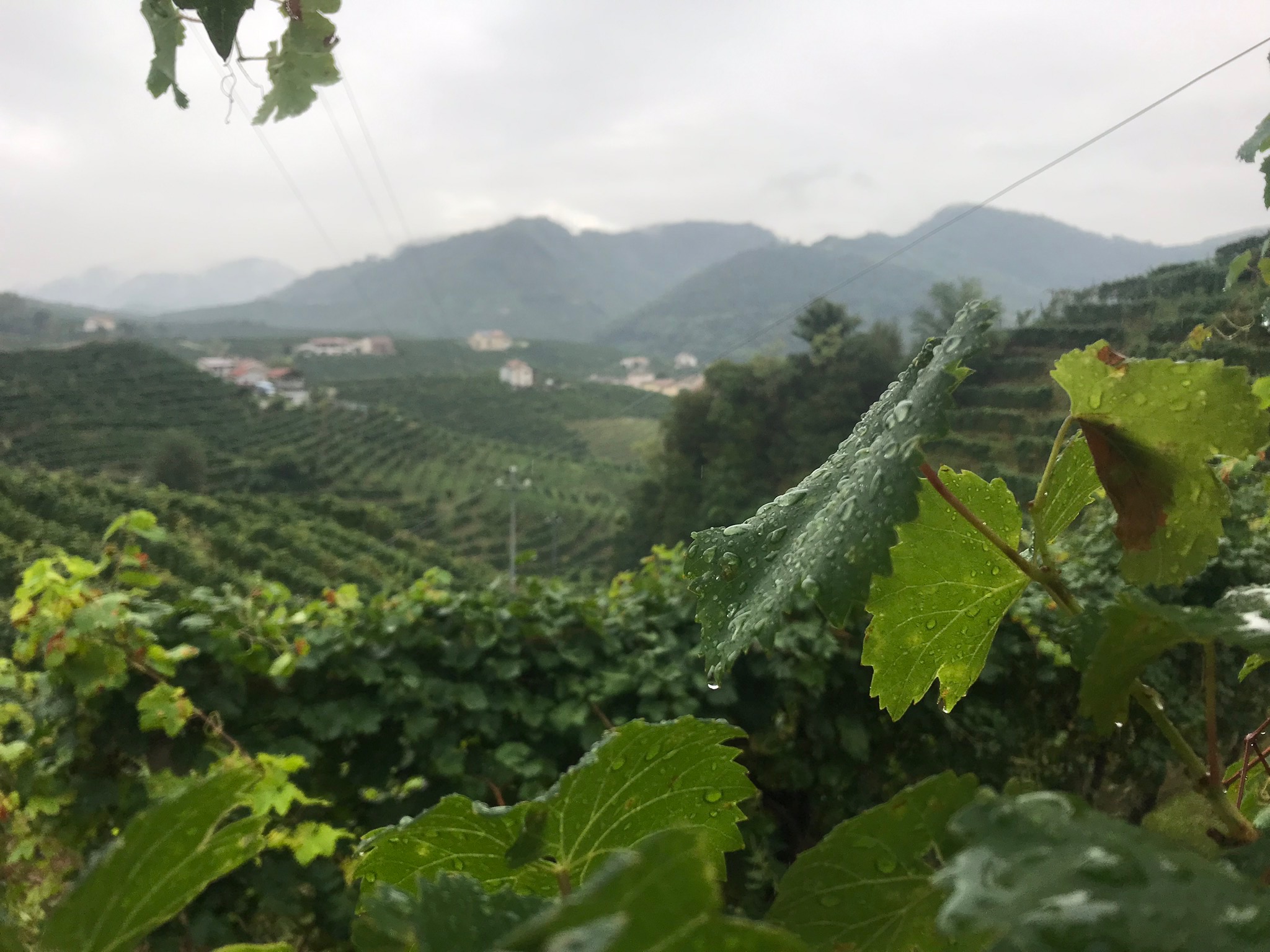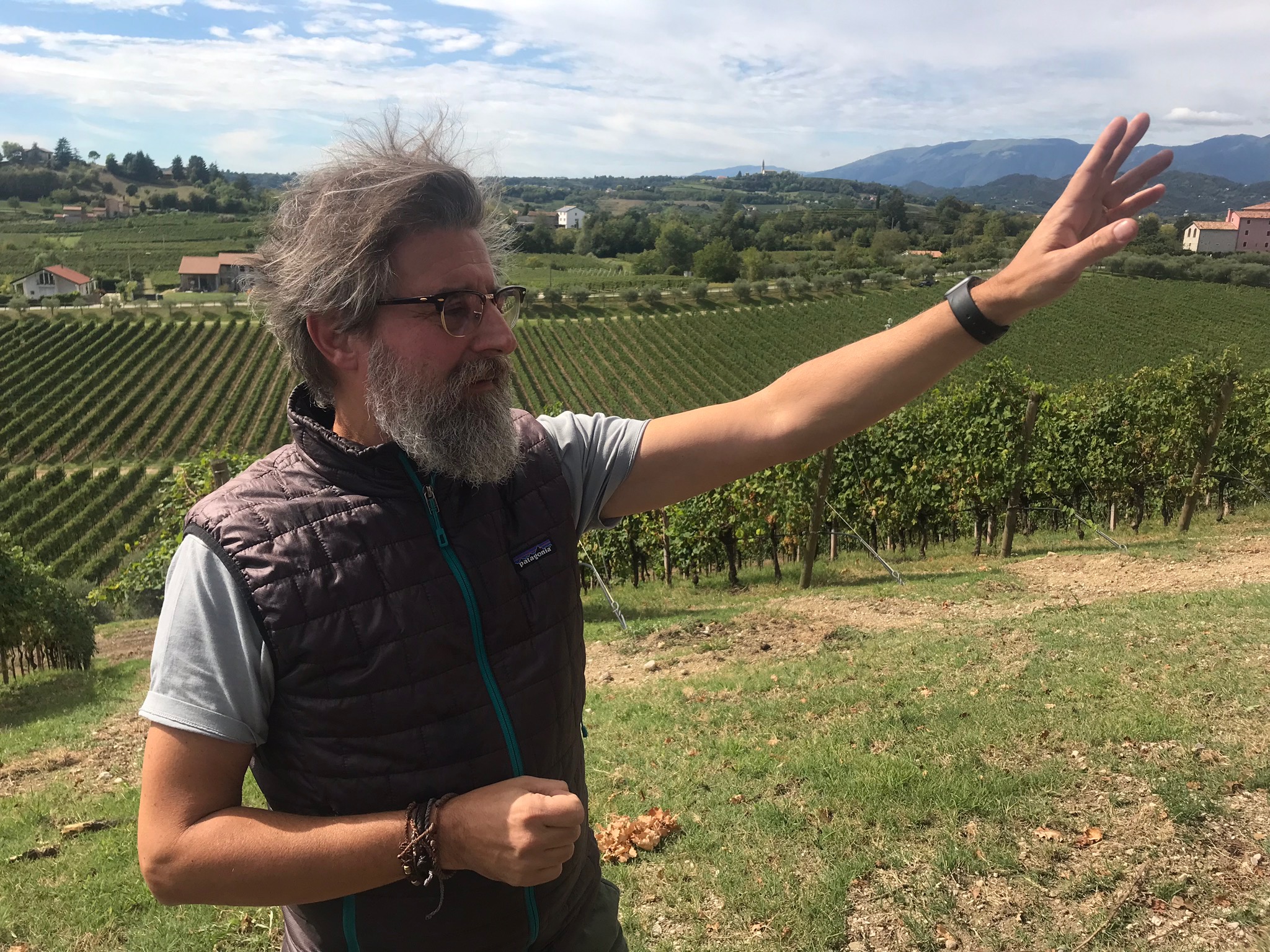
Friday read: How top end Prosecco can stay relevant in the face of ever changing consumer demands
Harpers sets out on the Prosecco trail to look at the region’s industrial expansion and to work out what a sustainable future looks like for the chronically popular Italian fizz
The UK’s relationship with Prosecco is a strange thing.
On the one hand, the UK as a nation clearly loves it. We’re Prosecco producers’ largest export market, consuming an estimated 214m bottles of these spritzy, fresh Italian bubbles in 2018 alone (UHY Hacker Young). Yet Prosecco’s reputation has taken a pasting in recent years, with brand ‘Prosecco’ becoming increasingly synonymous with a cheap date or boozy hen do. The wine snobs of the UK show no compunction whatsoever in laying the boot in whenever the opportunity arises.
The truth is that the Prosecco boom was nothing short of a wine industry miracle. Prosecco producers were not expecting it in the mid 2000s, when the UK’s sparkling wine industry fixed its gaze on the fresh and affordable bubbles coming out of North East Italy. The less-serious-and-less-expensive-than-Champagne sparkling wines were a welcome tonic in the face of the financial crisis. However, as its reputation now focuses on the cheap aspect of the industrial Prosecco DOC production area, the task set for the region is clear: how can the higher-end Prosecco Superiore keep itself relevant, create a sustainable market share, and avoid becoming that most infamous of Italian anathemas – “another lambrusco”.
↓
Sustainability of Prosecco Superiore
From someone who has spent a large chunk in my life studying markets and the prevalence of booms and busts, it seems clear that the industrial expansion and production of Prosecco DOC is completely unsustainable.
As time goes by, the wines of the Prosecco DOC are increasingly hailing from industrial plots of land across Veneto and Friuli – far removed from the Conegliano-Valdobbiadene Prosecco Superiore (CVPS) DOCG heartland where the Charmat-Martinotti method of adding the bubbles to the wines first appeared in the 1920s.
Part of any move towards ensuring sustainability for the area’s communities, economics, and viticulture, will have to do with harnessing the tourism in the local area. In the historic town of Conegliano, the buzz around the improvements in infrastructure, in the bars, the hotels, and the restaurants is loud enough to hear and plain to see. They’ve done well to turn this area into a destination for wine tourists: wine ‘taxis’ are slowly being established, ferrying holidaymakers back and forth an hour or so down the road from central Venice, a city that attracts an estimated 25 to 30 million visitors per year. If a mere 1% make the journey to the glorious mountainous scenery of Valdobbiadene, the economy will be flying.

The world famous (and rain-drenched) Cartizze Hill
↓
Be mindful, not fearful of changing consumer trends
From an economic point of view, the slight dip in Prosecco sales in 2018 seems like a bit of a storm in a teacup. Sales dropped 1.5% after a 6000% increase over the course of a decade according to the IWSR. The numbers are still huge, and yet, Prosecco producers have been scrambling for the reasons behind the drop.
Future economic stability will rely on the CVPS/DOCG staying united in their message to consumers, staying relevant, and increasing the premium end of “Brand Prosecco”.
Viticulturally however, making practical changes is a little more difficult. Roberto Merlo, chief agronomist for the consorzio, cites a lack of power to force grape growers to change their ways. Looking at Saint Émilion, producers know that if they aren’t at HVE level 2 (the French Government’s sustainability drive) by 2020, they wont be able to market themselves ‘Saint Émilion’. It’s Bordeaux Rouge only – and you’ll near as damn it go out of business if you don’t comply.
"Making it a financial incentive is the only way to move growers towards sustainable practices. Wine producers only demand that if the market is demanding it,” Merlo said.
The consorzio of the Prosecco DOCG (Consorzio Conegliano Valdobbiadene Prosecco Superiore or ‘CVPS’) doesn’t have the same power. They can give advice, but they can’t apply the same administrative pressure, and until the market demands sustainable vineyard practices, the grape growers have no need to improve their ways.
Grape prices range from 1.5€/kg to around 3€/kg for the best sites and site management. If that range changes, so will vineyard practices. Importers need to pressure the producers, though with 60% of production from the Superiore region coming from co-operatives, it appears little will change in the near future.
Claudio Francavilla of L’Antica Quercia
Claudio Francavilla of L’Antica Quercia
↓
Reasons to be hopeful for the future
The consorzio is doing a good job of keeping things together in marketing. Even Italy’s notoriously isolationist wine producers understand that to collectively market the joint areas of Conegliano and Valdobbiadene, they need to show there is a marked difference from their offer to the basic Prosecco DOC areas.
The consorzio is also keen to allow producers the freedom to follow as many market trends as possible, with laws passed this August to allow for Extra Brut and Brut styles as the wine lovers of the world look for the lower sugar styles.
Work into promoting CVPS as a premium region for wines is being undertaken by the UvaSapiens research team. As well as the famous Cartizze hill, further work is being carried out to identify single vineyard plots that can shine across the styles produced.
But in general, there is still a resistance and lack of understanding around how inescapably integral the issue of sustainability will be over the next five to ten years in agriculture, let alone the wine world.
The Prosecco market has been such a strange economic meteor that the Superiore regions are still coming to terms with how to make this work for them, and until we as consumers are demanding eco-friendly wines en masse, their priorities lie in economic rather than environmental sustainability. As much as it pains me to say it, I can’t blame them.
Prosecco in a nutshell:
The majority produced is Prosecco DOC
Above that sits the two Prosecco Superiore DOCG Regions:
1) Asolo Prosecco Superiore DOCG
2) Conegliano Valdobbiadene Prosecco Superiore DOCG
Mike Turner is a freelance wine writer and digital consultant for the drinks industry, championing ecologically and economically sustainable practices.
Keywords:
- wine
- UK
- Producers
- prosecco
- Wines
- market
- Bubbles
- Sustainability
- DOC
- DOCG
- wine industry
- prosecco superiore
- Prosecco Doc
- industrial
- industrial expansion
- cvps docg
- visitors per year
- CVPS
- changing consumer trends
- mountainous scenery
- million visitors







